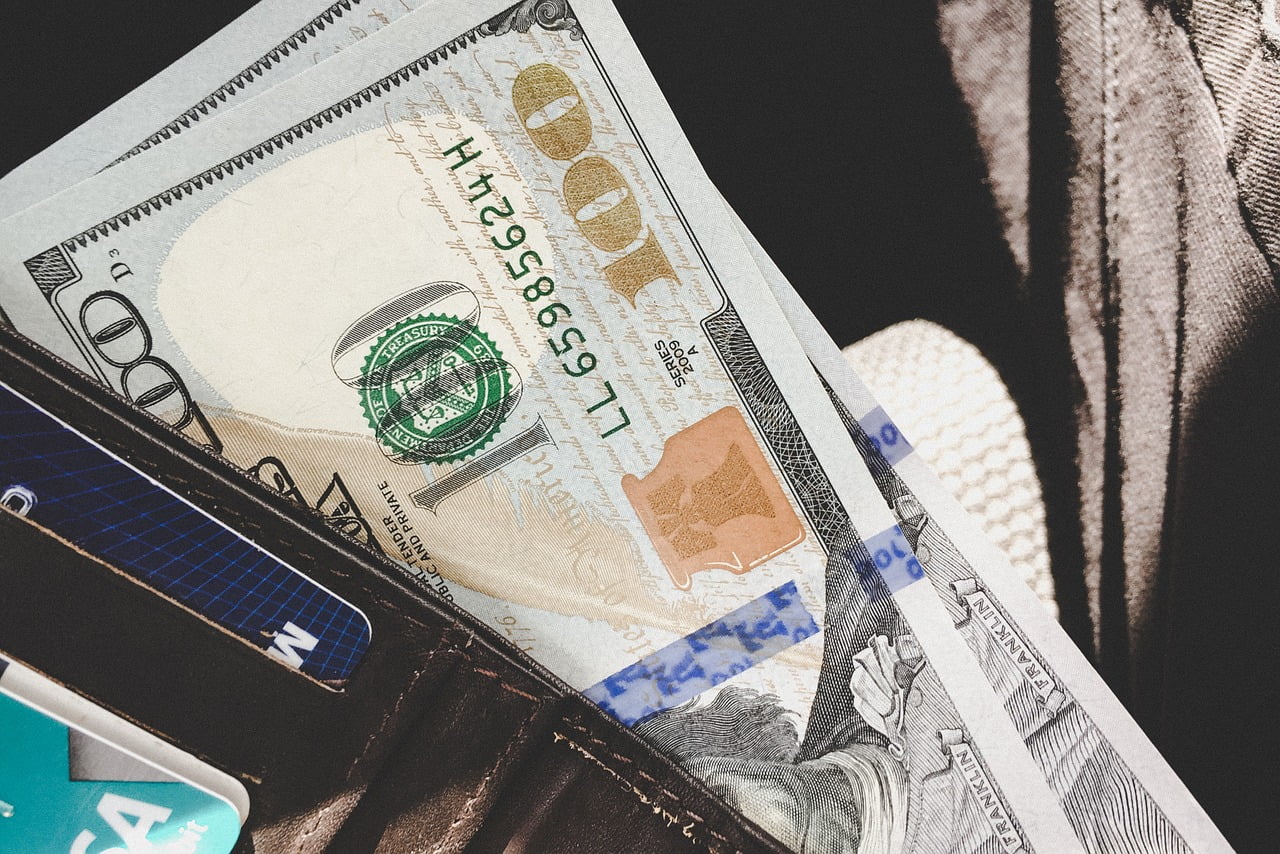Ongoing inflation in the US has caused the Federal Reserve to raise the rate of interest of the US federal fund. An FX trader and crypto analyst weighs in on the trajectory of the strengthening of the U.S. dollar, revealing long term trends.
The Strengthening Of The U.S. Dollar
Krisztian Gatonyi, FX trader and senior analyst at international broker comparison site BrokerChooser shared his thoughts on U.S. dollar strengthening:
“As a result of the ongoing inflationary pressures, the Fed’s tightening policy has had a major role in strengthening the U.S. dollar to historical levels.
Q2 2022 hedge fund letters, conferences and more
U.S. consumer prices were up 9.1% year on year in June, the largest increase in 40 years. The Federal Reserve is trying to suppress inflation by raising the interest rates, which can lift Treasury yields further, making the dollar more attractive. On the other hand, increasing interest rates sharply might lead to a recession.
Major flows of money have come into the U.S. during recent global economic uncertainty, driving up the value of the dollar. This has made imports cheaper for the U.S., but made U.S. exports more expensive and less competitive on world markets.
I think inflation will force the Fed to keep raising interest rates, further strengthening the U.S. dollar after already significant gains against major currencies in the past year. The following trends have emerged in a 1-year interval in these dollar currency pairs:
- EURUSD decreased by 14%
- NZDUSD decreased by 10%
- GBPUSD decreased by 12%
- AUDUSD decreased by 6%
- USDCAD increased by 2%
- USDCHF increased by 6%
- USDCNH increased by by 5%
- USDJPY increased by 26%
Among others, the U.S. dollar hit a 24-year high against the Japanese Yen around 139, and a 20-year high against the Euro around parity.
Long Term Trends Of EURUSD
The forex market often exhibits fractal-like movements, therefore trends should be analyzed over various time frames in order to have a clear picture. If we examine dollar strengthening in the case of EURUSD - the most traded currency pair - first we should “zoom out” and check the main trend over a longer period of time.
Since 2008, the main trend of EURUSD is decreasing, as the selling side has dominated. Every uptrend during this period was merely a counter-trend. These counter-trends - where the dollar was weakening - lasted generally 1-2 years before the main trend resumed. A correction started after the cross went below parity, but this might be ended shortly by the Federal Reserve's upcoming interest rate increase.
The daily volatility of EURUSD is almost double compared to the end of 2021. Therefore, position sizes for FX traders should be half of last year’s in order to keep risk percentages on the same level. The daily volatility is now around 86 pips per day.
EURUSD volatility could increase around the following 10 upcoming economic data releases:
- Federal Funds Rate
- Advance GDP q/q (U.S.)
- ISM Manufacturing PMI (U.S.)
- ISM Services PMI (U.S.)
- Non-Farm Employment Change (U.S.)
- Unemployment rate (U.S.)
- CPI m/m (U.S.)
- PPI m/m (U.S.)
- Retail Sales m/m (U.S.)
- German Flash Manufacturing PMI (EU)
I believe that in the next few months, EURUSD could be heading toward 0.96 if the Federal Reserve continues to raise interest rates.”





